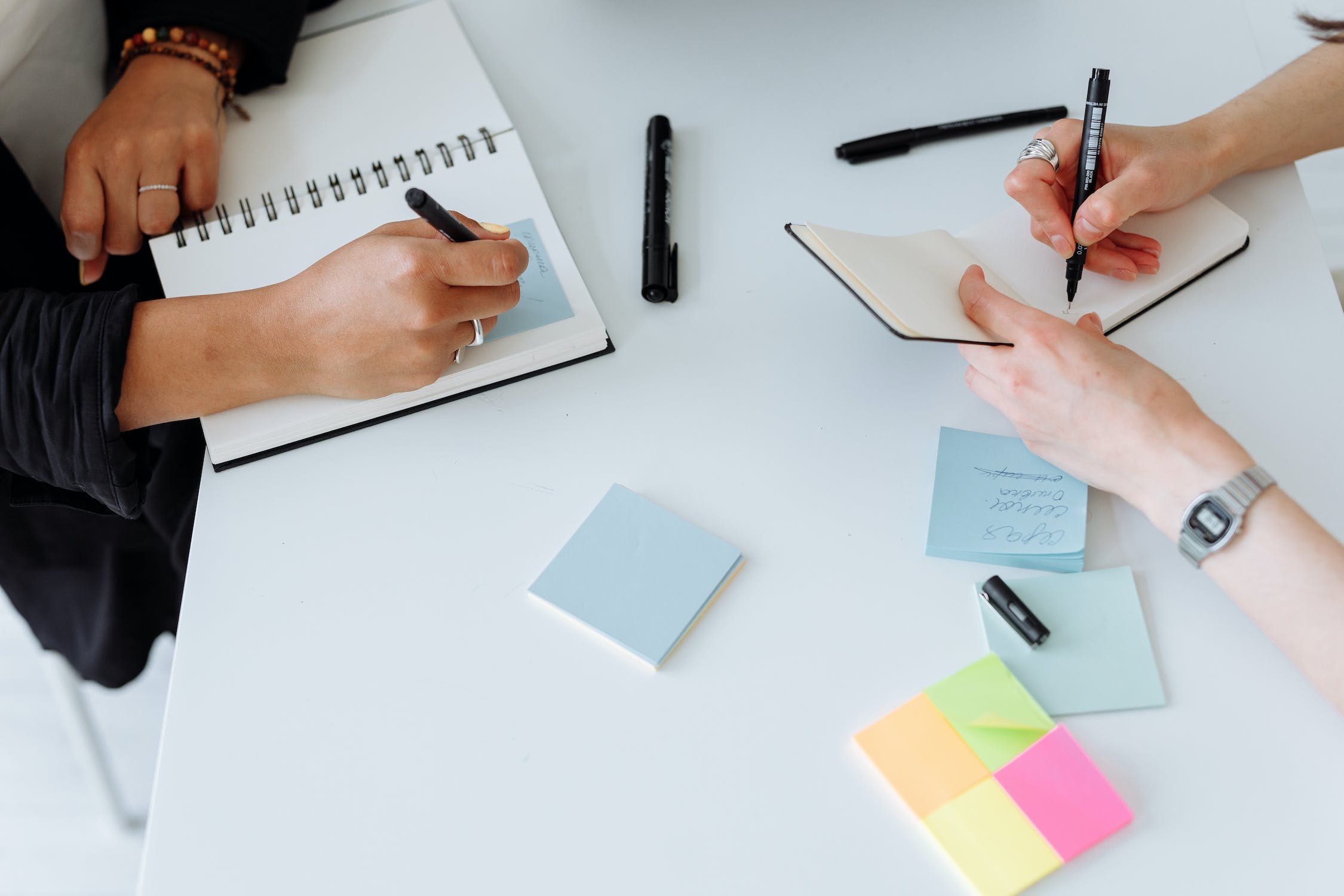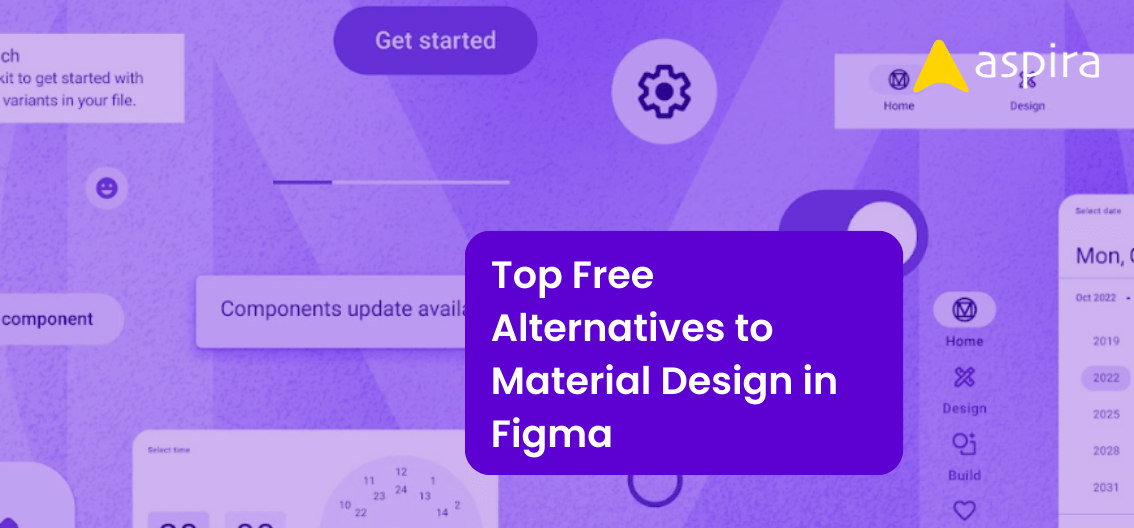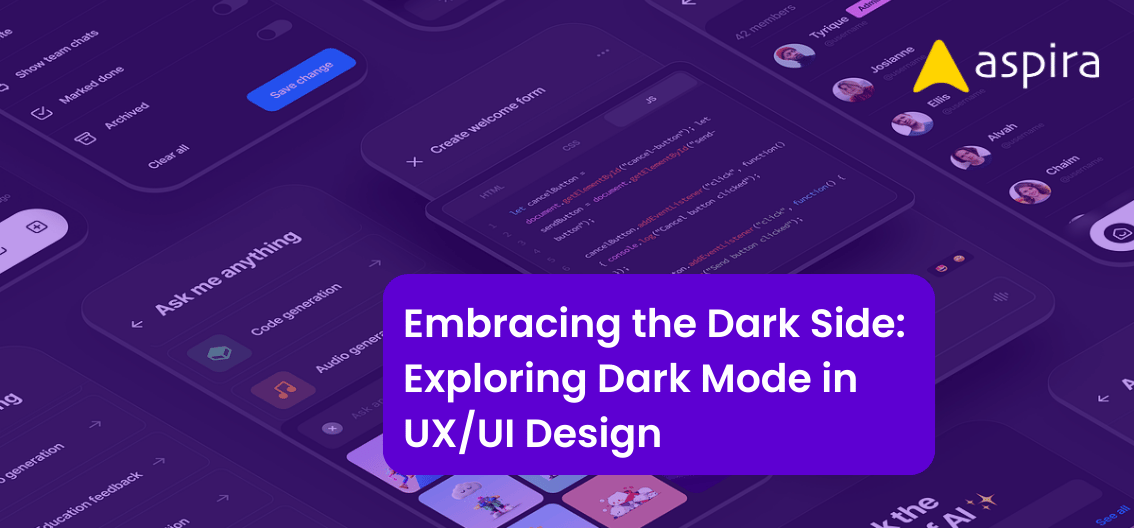UX Design - Mentor & Author.
23 Aug, 2023

You might have a good understanding of the fundamentals of UX design, including its definition, principles, procedures, and other related aspects. However, you might still have questions about the specific role of a UX UI designer within a company. The responsibilities of a UX designer can vary depending on factors such as the company’s size, the UX team’s composition, the designer’s job title, and various other considerations. In this article, we will explore the actual tasks performed by UX UI designers. To provide a clearer perspective, we will take a glimpse into a typical day in the life of a UX designer working at a startup. So, let’s dive right in.
Let’s break down the journey into three distinct paths: startups, mid-sized companies, and large-sized or multinational companies. We’ll explore each path from the perspective of a beginner. To begin, let’s focus on the startup path.
What does a UX UI designer do at startups?
Within startups, it is common to find small teams where UX designers directly report to CEOs and other top-level professionals. Given the scale of the company, the design scope tends to be compact. In this context, UX designers are faced with an extensive workload. If they are involved in creating a product from scratch, they need to initiate the process from the very beginning. They hold significant responsibility for the product’s journey from inception to completion.
In startup environments, UX designers engage directly with developers and company founders to establish timelines, allocate resources, and define product expectations. This close collaboration enables them to align their design efforts with the overall vision and objectives of the company.

What does a UX UI designer do at Multinational Companies?
Before delving into mid-level companies, let’s examine multinational corporations (MNCs) to provide you with a clearer understanding as we progress towards the mid-level path. In MNCs, teams tend to be larger, and you typically report to team leaders rather than directly to top-level professionals. Within these organizations, you are likely to be appointed to a specific role, such as researcher, UI designer, Visual Designer, UX designer, and so on.
In an MNC, your responsibilities are often focused on that designated role. For instance, if you are appointed as a researcher, your primary focus will be on conducting research, rather than being involved in the entire product development process from start to finish. The chances of having end-to-end involvement in a product are comparatively rare in MNCs.
In MNCs, your job can vary depending on the specific role you hold, the team you are a part of, and the project you are assigned to. These factors influence the nature of your work and the level of involvement you have within the organization.
What does a UX designer do at Mid-Level Companies?
By now, you should have gained some insight into the role of designers within mid-level companies. Essentially, mid-level companies can be seen as successful startups that find themselves in the midst of their journey towards becoming large-sized companies. However, it’s important to note that the specific dynamics within mid-level companies can vary significantly from one company to another.
Some mid-level companies may choose to maintain a similar work pattern to what they had during their startup phase. This means they might have smaller teams and designers who are involved in multiple aspects of the design process. On the other hand, certain mid-level companies may have evolved their work processes and expanded their teams, leading to designers specializing in specific roles or areas.
The approach taken by mid-level companies can differ depending on their unique circumstances, growth path, and organizational preferences. Therefore, the experiences of designers within mid-level companies can vary considerably based on these factors.
A Day in the Life of a UX Designer Who Works in a SaaS-based Startup
A day in the life of a UX designer who works in a SaaS-based startup begins with him arriving at the office and checking his email and calendar. He joins a stand-up meeting with his cross-functional team, where they discuss progress and align on priorities. He then participates in a design review session, presenting his work and gathering feedback from the team. Collaborating with the product manager, he plans and conducts user research, defining objectives, and preparing for interviews or testing sessions. After lunch, he focuses on refining wireframes and prototypes, ensuring a seamless user experience. He collaborates with developers to align on design implementation and attends meetings to address any challenges.
Analyzing user research results helps him understand their needs and inform design decisions. He engages in design critiques with fellow designers, sharing and receiving feedback. Towards the end of the day, he updates documentation and prepares for the next day’s tasks. With a sense of accomplishment, he wraps up and heads home, knowing he made progress in creating a superb user experience.
Conclusion
Now that you have gained a clear understanding of what a UX designer actually does, it’s important to note that the specific tasks mentioned are general and can vary from one company to another. However, they provide an overview of the typical responsibilities that UX designers undertake in startups, mid-level companies, and multinational corporations. If you’re a beginner and uncertain about which type of organization to join, consider starting in a startup. It offers the flexibility to learn various new skills and presents exciting daily challenges. On the other hand, if you thrive on challenges, mid-level or large-sized companies can provide opportunities to expand your knowledge and skills. Ultimately, choose the path that aligns with your current situation.
Happy designing!



